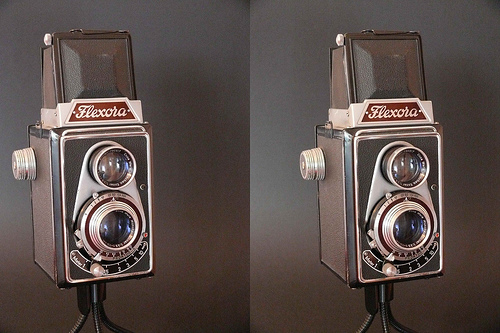A 3DTV Update From the MPEG Industry Forum

LOS ANGELES: Much of today’s television infrastructure can handle 3D video in a developmental form, but doing full hi-def 3D with motion graphics is another story. The MPEG Industry Forum is among the consortiums focused on standardizing technology and methods for delivering 3D video. The Forum kicked off its own 3D Working Group at the Consumer Electronics Show with around 30 participants.
We’ve seen what happens when we all don’t get behind the same standards-based approach,” said Sean McCarthy of Motorola, chairman of the Working Group, at a West Coast event sponsored by the Sports Video Group.
McCarthy said at least two draft white papers had been proffered. One offers guidelines for using MPEG compression for 3DTV. The second is on MPEG distribution of 3DTV over broadcast and broadband infrastructures, and the obstacles that may now exist. Some of those obstacles relate to resolution.
Existing infrastructures, for example, can handle what McCarthy termed “half-HD resolution” per eye, or frame formats of 1080i, 1080p24 and 1080i60. New set-top silicon would be required for higher resolution 3D, he said.
“Existing encoders and set-top boxes can be used as long as signaling issues are addressed,” and 3D content is of a consistent form, McCarthy said. There are potential drawbacks for half-HD resolution in that images may be slightly blurry.
The emerging MPEG-4 MVC (multiview coding) scheme supports the simulcast of independent, left-eye/right-eye views. A technology enhancement dubbed “frame packing arrangement and SEI message” enables the encoder to tell the decoder how to extract two distinct views from a single decoded frame. This could be in the form of side-by-side or over-under, or “split-beam” images, two forms of stereoscopic display.
Once a distribution format is determined, insertion presents another set of issues. If inserted material matches the format of the content, then no problem, but it’s more likely that 2D will be wedged into 3D, much the way standard-def commercials still show up in HD content. A set-top could be programmed to automatically detect an incoming format and handle various frame packing arrangement to support 2D/3D switching for ads, McCarthy said. Or dimensionalization technologies could be leveraged to convert ad content to 3D.
The takeaway is that the distribution channel for 3DTV exists now, but the devil remains in the details. -- Deborah D. McAdams
(Image by Normandie2005)
Get the TV Tech Newsletter
The professional video industry's #1 source for news, trends and product and tech information. Sign up below.
